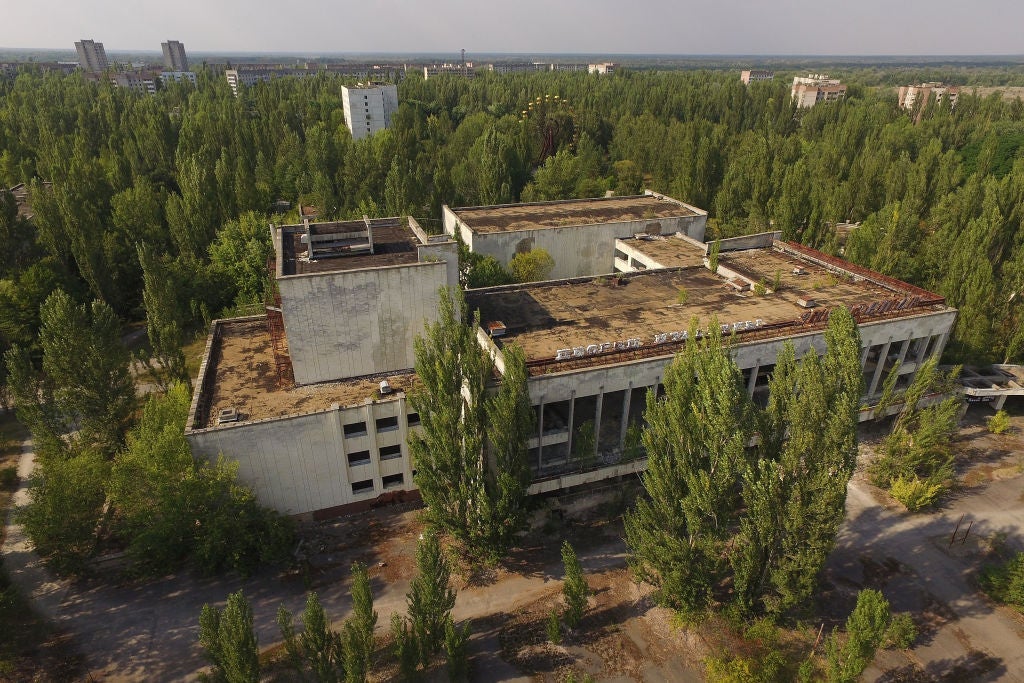You can catch a train into the exclusion zone surrounding the Chernobyl nuclear power plant
The railway line will connect the Chernobyl exclusion zone to the rest of the country

Your support helps us to tell the story
From reproductive rights to climate change to Big Tech, The Independent is on the ground when the story is developing. Whether it's investigating the financials of Elon Musk's pro-Trump PAC or producing our latest documentary, 'The A Word', which shines a light on the American women fighting for reproductive rights, we know how important it is to parse out the facts from the messaging.
At such a critical moment in US history, we need reporters on the ground. Your donation allows us to keep sending journalists to speak to both sides of the story.
The Independent is trusted by Americans across the entire political spectrum. And unlike many other quality news outlets, we choose not to lock Americans out of our reporting and analysis with paywalls. We believe quality journalism should be available to everyone, paid for by those who can afford it.
Your support makes all the difference.Testing has started on a railway line which would lead into the exclusion zone surrounding the Chernobyl nuclear power plant in Ukraine.
The latest development means that the exclusion zone, which lies around 62 miles (100km) north of the capital Kiev, will be connected to the rest of the country’s main rail network.
The Chernobyl nuclear disaster happened during a routine safety test, just over 35 years ago, overnight on 25-26 April 1986.
It is known as one of the world’s worst nuclear disasters, resulting in the evacuation of over 100,000 people. The nearby town of Pripyat was abandoned, and an exclusion zone was demarcated around the site to protect people from high levels of radiation there.
Since 2011, the site of the explosion has reopened to the public, with tourists visiting to see what’s left of the ghost town and nuclear reactor, and there has even been alcohol produced in the area.
Levels of radiation are now deemed safe, which has meant that the area has been reopened to those interested in seeing what went on.
The railway line has been reconstructed by Ukraine Railways (UZ) and runs from Vilcha to Yaniv stations. It is owned by Ukrainian state-owned nuclear power plant operator NNRGC and was rebuilt over the course of a month.
In total, 95 staff helped to rebuild the 16 mile (25km) line which is intended to be used to move spent nuclear fuel from three nuclear plants to Chernobyl by train.
The three plants where the fuel will come from are: Rivne, Khmelnytsky and South-Ukraine.
Mr Ivan Yurik, acting chairman for UZ, said that preparations have begun for the start of rail services, reported the International Railway Journal.
Join our commenting forum
Join thought-provoking conversations, follow other Independent readers and see their replies
Comments